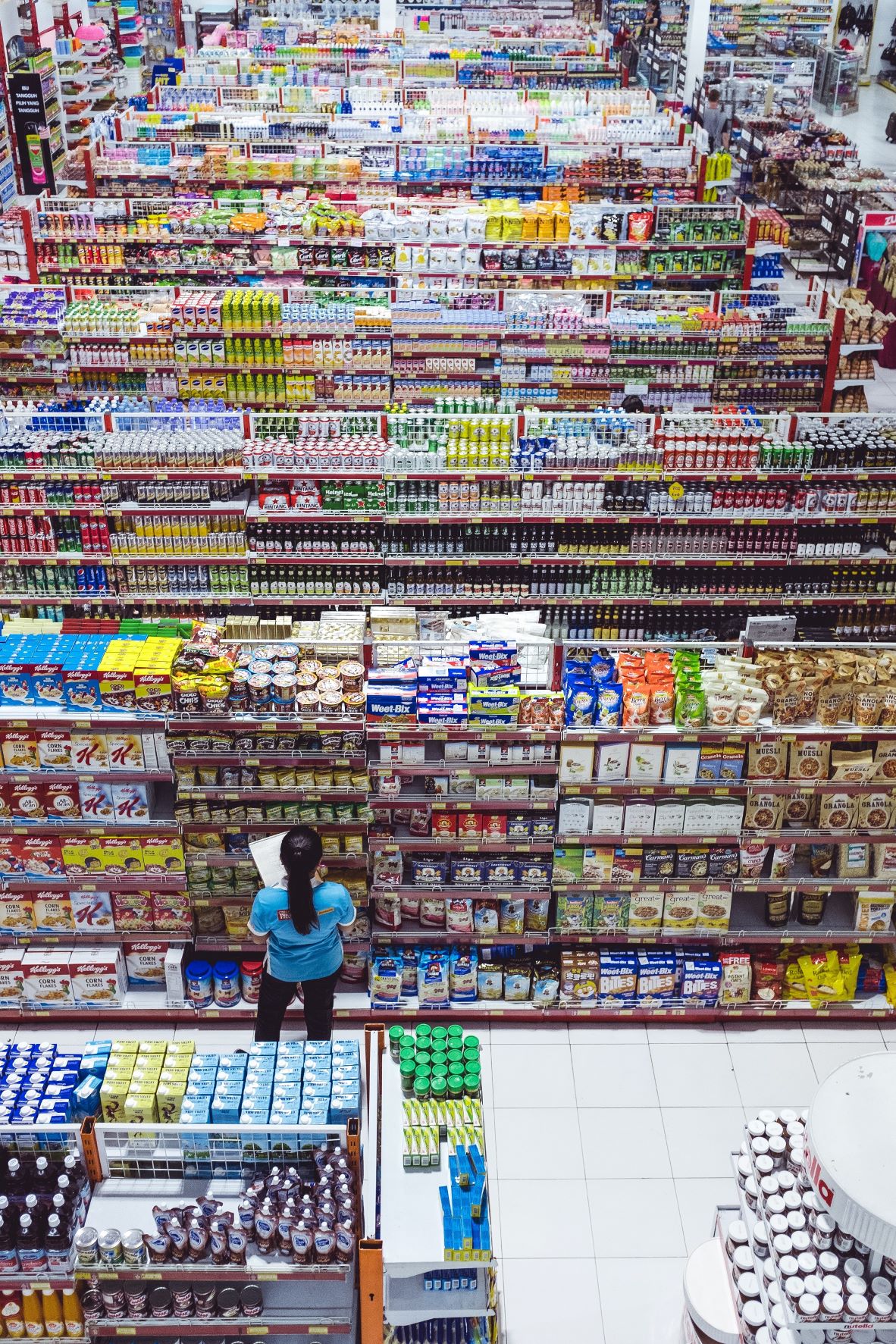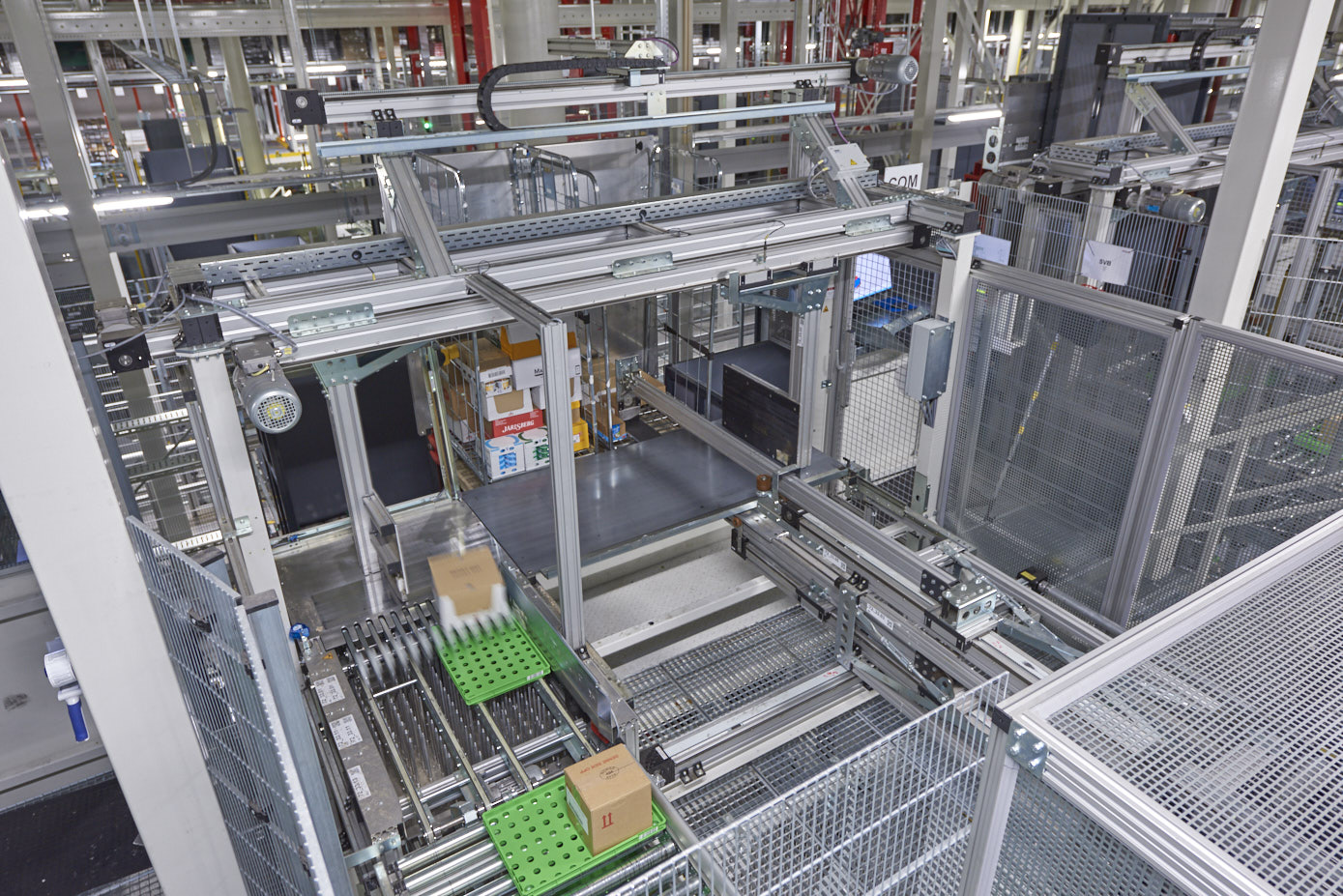Highly dynamic, supermarket logistics centres need to be durable and flexible. Two big Witron projects illustrate why.
Thomas Kerkenhoff has run logistics for many years in the Rhine-Ruhr region for German supermarket giant Edeka, the network including two highly automated distribution centres in Hamm and Oberhausen. He says: “In order to operate a facility successfully and economically in the long-term, you need a very good team, both at your logistics partner and on-site, that is constantly working on the enhancement of the mechanical components and the software. But this only works if you also have a partner who has already implemented a large number of systems in the industry worldwide, and thus has extensive experience, know-how, and references.” Suffice to say, Kerkenhoff has been a Witron customer for more than 15 years.
“If I invest money, then the system must be able to map my business model also in 25 years’ time,” he goes on. “But at the same time it must also be able to adapt to new basic conditions and business processes. That’s what I expect as a customer.”
Advice from the top
Witron CEO, Helmut Prieschenk nods enthusiastically in agreement. “Durability means a lot more than the systems still working after many years. Durability means that our customers still generate economic benefits even after 25 years of operation.” In the past, he says, many suppliers advertised using the buzzword ‘modularity’. “But those who only think in terms of modularity only take small steps,” he warns.
Kerkenhoff has never thought in the short-term. “We have to invest in predictive systems and rely on proactive maintenance and service. Artificial intelligence is the keyword. The forecast must also adapt to the new post-Covid 19 situation, and the IT systems of Edeka and Witron have to network even more intensively via open interfaces. Holy Thursday before Easter has always been our peak day – yet this year it was Holy Saturday. The warehouse systems have to adapt to that situation.” In Witron’s own parlance, the logistics centre has “to breathe”.
Take the end customer’s view
Prieschenk knows the requirements of Kerkenhoff and other expert logistics managers worldwide. “Our systems grow with the customer. It’s a challenge to receive figures at the beginning of the project design phase that are prone to change during the implementation phase. The pandemic multiplied these situations.”
For example, efficient ecommerce processes had to be integrated within a very short time for customers in the UK and Scandinavia, in logistics centres that were originally designed for bricks-and-mortar store delivery. That means the number of items changes, the volume varies, the order lines adapt, and more distribution channels are added. “We always have the goal in mind, to see logistics from the end customer’s perspective in the store or at home, and analyze developments”, explains Prieschenk, who has the advantage that Witron supplies markets worldwide with its solutions and therefore can recognise developments on other continents faster than others.
Another decisive factor is that Witron itself takes full current responsibility for the permanent high availability of the systems with 57 OnSite teams in 13 countries; it even takes over monitoring and control room tasks. The OnSite teams are an essential interface with the customer and are also closely networked with each other. “This means we can provide answers to many questions,” says Prieschenk. In the end, he says, it doesn’t matter to the customer whether the solution of the problem refers to mechanics, control, or IT. “We have to ask ourselves early in the design phase how the material flow needs to work to enable us to add, if required, a new conveyor or additional COM machines later on. Or how must the IT environment look like to implement new mechanical components, obtain sales figures from the stores, or efficiently integrate external route scheduling systems.”
Global reference visits
Many future Witron customers visit the company’s existing facilities all over the world before they start discussions with the experts at Witron’s Parkstein base. Australian customers travel to Spain, American customers to Scandinavia, and Swiss customers to France. Helmut Prieschenk and his team do not even notice many of the reference visits at first, and only get to hear about them afterwards. “The retail world is small – people know each other. What’s exciting is that the interested parties do not necessarily visit the recently completed logistics centres. They trust us that we can keep optimizing the technology and the functionalities of OPM. But they want to see on site what an OPM system will look like after 20 years,” says Prieschenk.
One of these customers is leading Spanish food supermarket Mercadona, which has been working with Witron’s technology for more than 16 years. “We have had a trusting and successful partnership with Witron that goes far beyond a usual customer-supplier relationship,” explains Rosa Aguado, General Director of Logistics at Mercadona. At six Spanish locations, Witron has designed and implemented 13 highly automated systems to date. The technological heart is Witron’s OPM solution, which Mercadona uses in the dry, fresh, and frozen goods area.
“With 185 installed COM machines, we are one of Witron’s largest customers worldwide working with the OPM solution. During all this time, the COM machines have avoided the physical strain on our employees and have picked more than two billion cases in the dry, fresh, and frozen goods area,” says Rosa Aguado. “In addition to ergonomics and cost-efficiency, two other factors were particularly important to us: flexibility and durability. Because change is a constant at Mercadona. Our declared aim is for our employees to spend their entire careers with the company and to continue to develop. And in the same way, we expect our logistics systems to adapt to permanently changing market requirements.”
Shipping to supermarket
“In the future, Witron employees will have to understand the customer even better than they do now, get to know the customer’s business in even greater detail, be closely involved in the processes, analyze them, and then make the right recommendations for action,” says Prieschenk. “If retailers run their system in three shifts, then we might be able to offer them optimizations. The same applies to logistics discussions with our customers’ suppliers or discussions about cut-off times with the shipping department.”
Prieschenk and his team are planning to offer optimization kits to customers in the future. “We have the data and can run through optimizations via digital twins of the warehouses, develop new ideas, and make them available to the retailer as additional services. It’s a business model that we also cover with OCM (Omni-Channel Machinery). We have to integrate existing supermarket warehouses to make the best use of all assets. That delivers an economic advantage to the customer, even if the system is 15 years old.”
Back at supermarket Edeka, the OPM at the Hamm facility has also been running for almost 15 years, and the Oberhausen warehouse was ramped up at the end of 2021. “There is no competitor solution on the market that can store and pick more than 10,000 different items fully automatically as efficiently as the Witron OPM system,” says Kerkenhoff.



